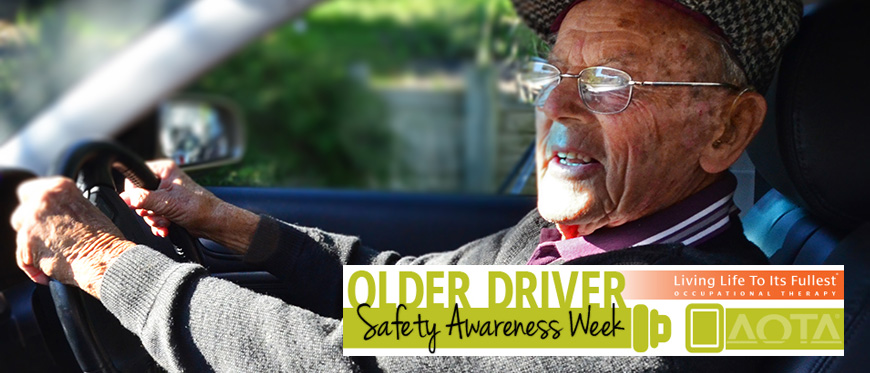With new research on professional sports showing the effects of repeated concussions, there is serious interest on how this is impacting young athletes. With spring sports underway, this is a great time to review what a concussion is, the signs and symptoms, as well as treatment.
A concussion is an impact to the head that causes the brain to move back and forth and be bruised. Usually concussions are not life threatening, though their effects can be very serious. It is estimated that about 50% of concussions are unreported. Concussions account for 43% of head injuries in young adults aged 15-19.
Here are some facts and fiction about concussions:
FICTION: “You must lose consciousness in order to have a concussion.”
This is not true. Only a small percentage of concussions (about 10%) cause a loss of consciousness.
FICTION: “You need to keep a person with a concussion awake afterward, or repeatedly wake them up to make sure they are ok.”
The truth is that a person with a concussion needs rest in order to heal, and if it was determined they had a concussion and not a more severe injury, they should be allowed to rest.
FICTION: “You need an MRI or CT scan to see if there has been a concussion.”
A concussion is determined based on an exam from a trained health care provider. In fact, when imaging does not show any abnormal findings and the patient has symptoms, it is determined to be a concussion. Most patients with a concussion do not need imaging, so the risk from radiation that imaging may cause is unnecessary. This is why physicians often do not order imaging studies.
FACT: “If you have one concussion, you are more likely to have another one.”
This is very true, and if there are repeated concussions before the brain has time to heal, it can cause more serious problems and in rare cases death.
FACT: “If you even suspect a concussion, the athlete should not return to play that day.”
If a parent, coach or athletic trainer suspects concussion, that athlete MUST be removed from play for at a minimum that day until they are cleared by a medical professional to return.
So how do you know if someone has had a concussion and what should you do?
- seizure activity
- extended loss of consciousness
- double vision
- skull fracture
- suspected neck injury
- unstable vitals
- respiratory distress
- is unable to walk
- has weakness in ½ of the body
- numbness or severe headache
Go to the ER if you see/note any of the following:
- amnesia
- vomiting
- brief loss of consciousness
Common signs and symptoms of concussion:
- appears stunned or dazed
- headache
- nausea
- balance problems
- confusion
- uncoordinated movements (stumbling)
- slow recall of things spoken to them
- behavior or personality changes
- amnesia
- sensitivity to light or sound
- blurred vision or double vision
- feeling sluggish, feeling “foggy”
Recovering from a Concussion
Most people that suffer a concussion return to normal in 7-10 days, and usually student athletes are monitored by their athletic trainer, coach and primary care provider in order to safely return to sport. In 80% of student athletes, within those 7-10 days, their symptoms will completely resolve. In a small portion of the population those concussion symptoms may persist for over 10 days; this is referred to as “Post-Concussion Syndrome,” in which case a referral from the primary care physician, a sports medicine physician, neurologist, or to rehabilitation services may be appropriate.
In post-concussion syndrome a multi-disciplinary team of physical therapists, speech therapists and occupational therapists will work with the patient to help them progress through their concussion symptoms and help them return to their prior level of function.
For more information or to schedule an appointment for persistent concussion symptoms, please call CVMC Rehabilitation Services at 371-4242.





